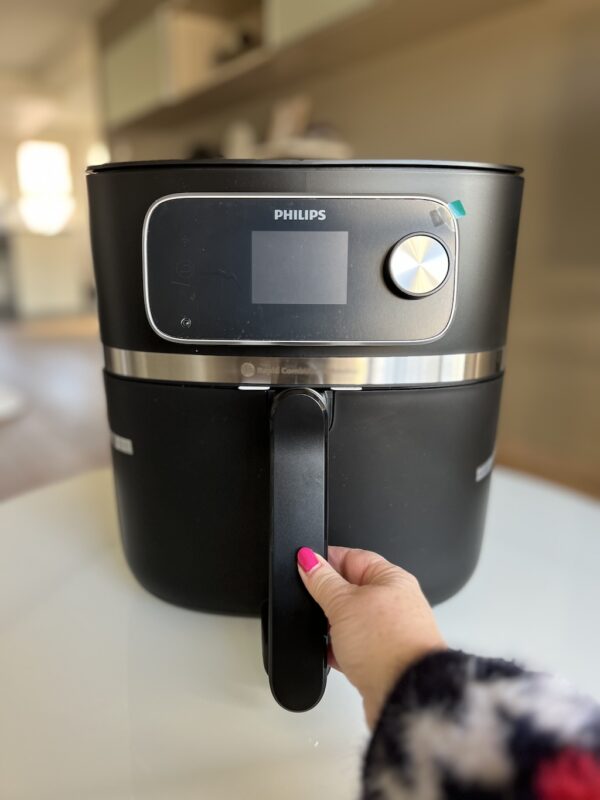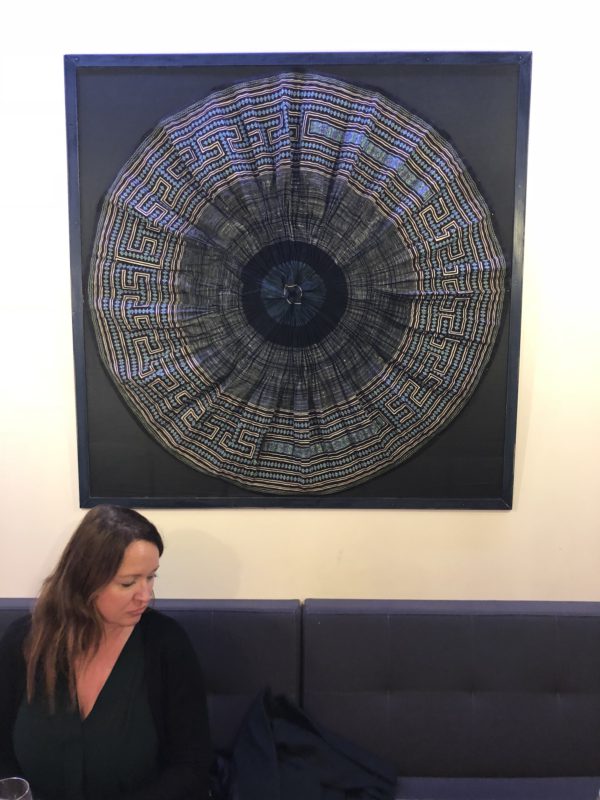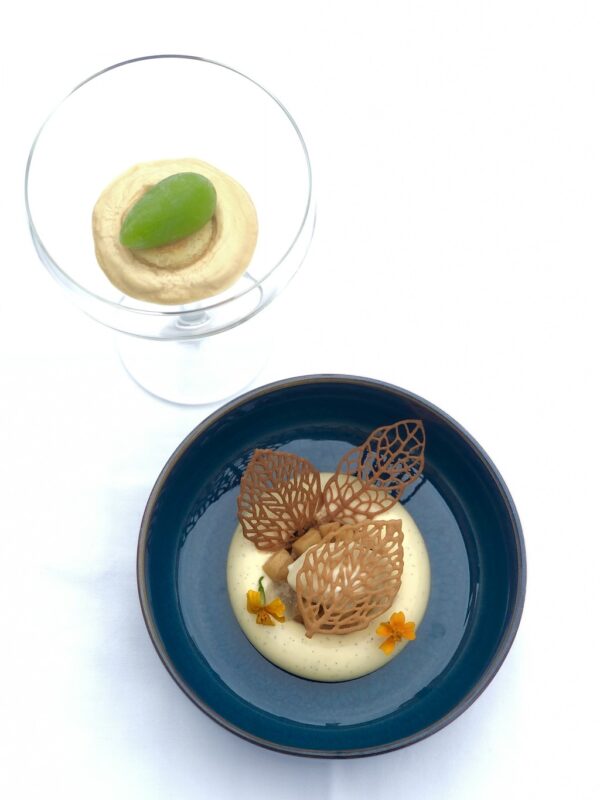We often associate caviar with ultimate luxury. But a jar of delicious top caviar does not necessarily have to be expensive, much depends on the time the eggs have matured. Also the origin is very important. With caviar from Royal Belgian Caviar you not only buy Belgian, you celebrate the end of the year with a quality caviar of which you are 100% certain that it has not been repackaged and thus has a better taste.
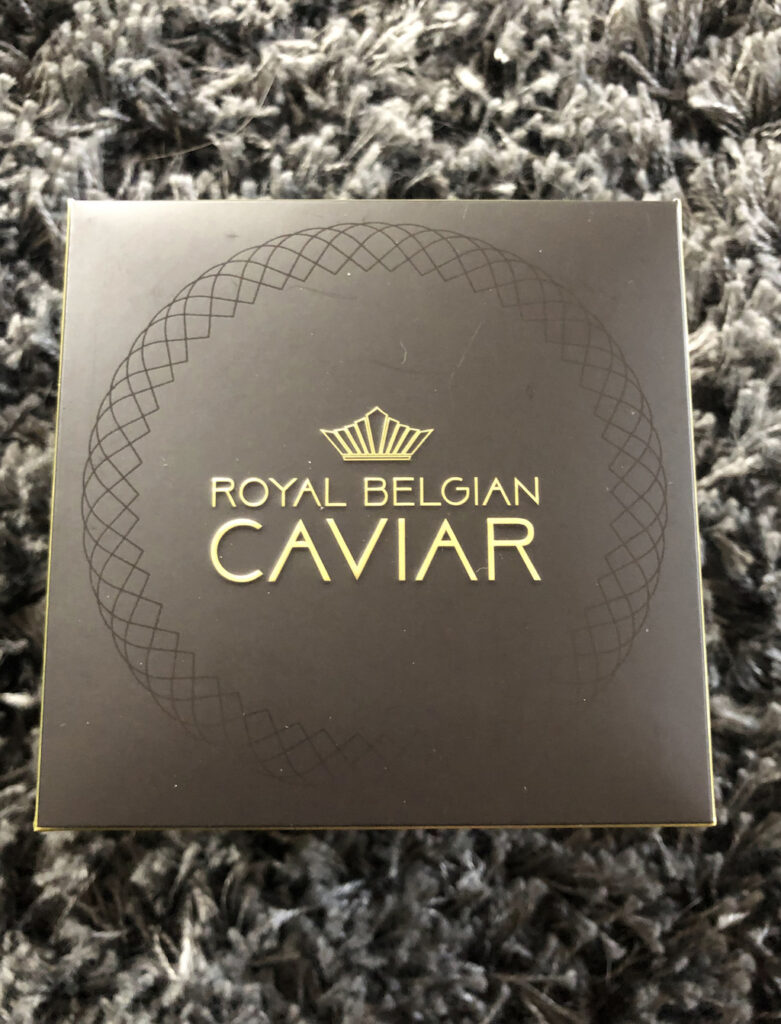
“Caviar is not an everyday product and should never become one”, says Cédric Paquet, Commercial manager of Joosen-Luyckx Aqua Bio, the producer of Royal Belgian Caviar, the only existing true caviar hallmark in our country. The Turnhout company has been producing quality caviar from its own aquaculture in Mouscron since the early 1990s. The many years of expertise built up placed Royal Belgian Caviar in an ideal starting position as a sustainable alternative after the catch in the wild of sturgeons in the Caspian Sea was banned in 2006. Today, all caviar comes from artificially created aquacultures. “Caviar remains a festive product that must be of top quality and served in the best conditions, and that is no longer evident today,” emphasizes Cédric Paquet. Be especially wary of misleading information on some caviar products of foreign origin. “
Belgian Caviar uses the most modern techniques such as ultrasound and biopsy to determine with the greatest precision which sturgeon has the perfect eggs.
Always check whether the date is the production date
“Anyone who wants to buy quality caviar is quite vigilant, or al least should be” continues Cédric. Often we see a date on a product from which we immediately deduce that it is good without taking a closer look at what date it is exactly. “With caviar, the production date and original packaging are essential,” says Cédric. “Always check whether the box mentions a production date, with the emphasis on PRODUCTION. If this is not the case, it means that the caviar was repackaged and it is impossible for a consumer to determine when the eggs were produced exactly. It is true that repackaged caviar also has a date, but that is the repackaging date and it says nothing about the original production date. At Royal Belgian Caviar, which can adapt its production perfectly to market demand, the production date is indicated on each box. Moreover, the caviar is sold to the final consumer in the original boxes. ”
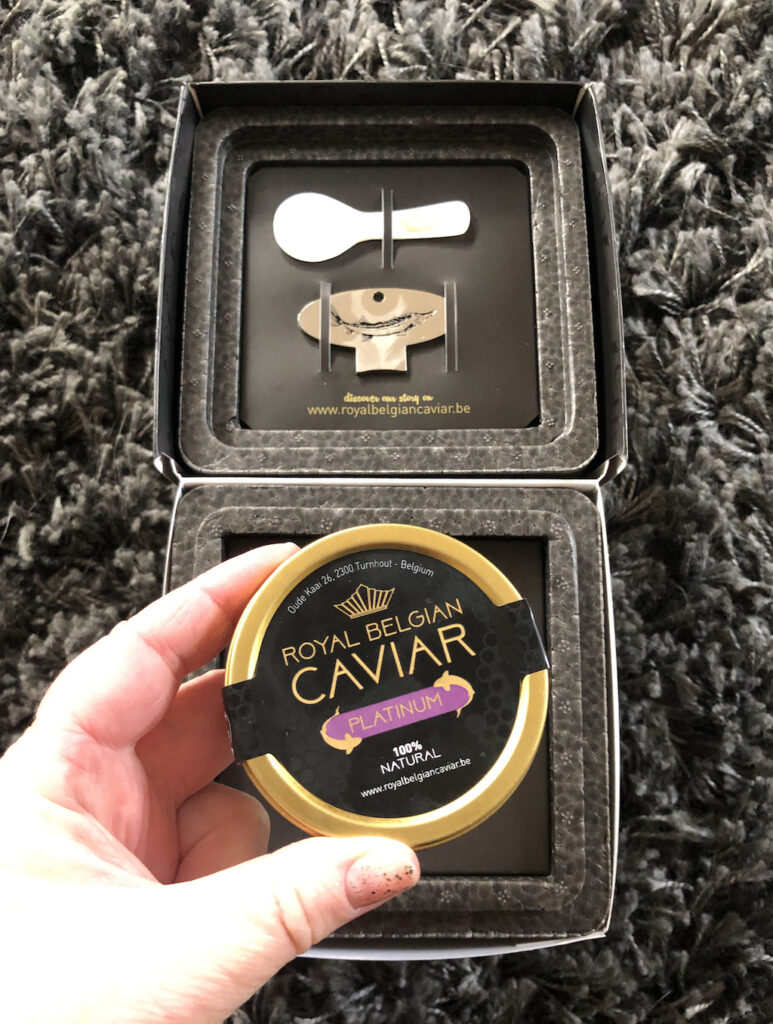
Supply and demand
“We are flexible in our production process,” says Cédric. “Our aquaculture center in Mouscron is a closed aquaculture system where we can perfectly adjust the amount of light as well as temperature. This enables us to produce ready-to-harvest sturgeon all year round in function of the market demand. With this method we can harvest and produce fresh caviar all year round. Caviar is a bit like champagne. From the moment you open the bottle, you can still take a glass out of the bottle the day after, but the taste will be less fresh and frizzy than if you just opened the bottle. Foreign caviar is often repackaged from larger boxes into smaller boxes and that leas invariably to a loss of taste.
These inferior repackaged alternatives often make a bad impression with their lack of freshness and generate an unpleasant oxidized taste. But alas, when you taste that flavor, it is of course too late, because then you have already bought the box. The Royal Belgian Caviar caviar is not repackaged and we state both the production date and the packaging date on the boxes. ”
Foreign caviar is often repackaged from larger boxes into smaller boxes and that leas invariably to a loss of taste.
Cédric Paquet, Commercial manager of Joosen-Luyckx Aqua Bio, the producer of Royal Belgian Caviar
The types
Royal Belgian Caviar has been breeding five different sturgeon species since 1990, each with its own characteristics. Each caviar is also linked to a different sturgeon species. Worldwide there are 27 different sturgeon species, but not all of them are equally suitable for caviar production.
Gold Label is the caviar that can be harvested fastest – after only five years – and is distinguished by its typical dark caviar color and its slightly smaller grain. It has a very creamy taste.
Platinum is an interesting caviar in the sense that it is a cross between the Siberian sturgeon responsible for the Gold Label caviar and the Osietra caviar from the Russian sturgeon. In other words, the mother is Siberian, but daddy is Russian and this union leads to a new hybrid sturgeon whose eggs can be harvested after eight years. Platinum combines the creaminess of the Gold Label caviar with the slightly larger egg – lighter in color – and the slightly firmer structure of the Osietra caviar.
Osietra comes from the Russian sturgeon (Acipenser gueldenstaedtii) and takes at least ten years before we can harvest it. This caviar is often slightly lighter in color, but can also evolve from dark to olive and amber. It also has a nice texture and a slightly nutty taste at the end that is less pronounced than the previous variants.
And then there are two very special types of caviar:
The White Pearl or albino caviar comes from the Acipenser ruthenus, an albino variety of sturgeon. This white caviar can be roasted when the sturgeon is at least four years old and has a rich buttery, salty and creamy taste that melts on the tongue. It is rich in Omega-3 fatty acids and unique. There are only three nurseries worldwide that produce white caviar, including Royal Belgian Caviar. It has a very small grain, so the feel in the mouth is very different and it has a more melting structure, which makes it less possible to perceive the grain. It also has a slightly more pronounced fish flavor and some notes of beurre noisette. It is a very interesting product, but it is ultimately the color that makes this caviar exclusive.
And then there is the ultimate. The most exclusive caviar of all caviar varieties anywhere in the world is Beluga caviar. It can only be harvested when the sturgeons (Huso huso) are at least eighteen years old. The Beluga from Royal Belgian Caviar is distinguished by a delicate, salty taste followed by rich, buttery and creamy notes with an incredibly refined aftertaste. Beluga has the largest egg – minimum 3.5 mm – which is a lot bigger than the other caviar eggs. This caviar is light gray in color and also much more melting and a little less plump but also extremely creamy with a very deep aftertaste. Belgian Caviar uses the most modern techniques such as ultrasound and biopsy to determine with the greatest precision which sturgeon has the perfect eggs.
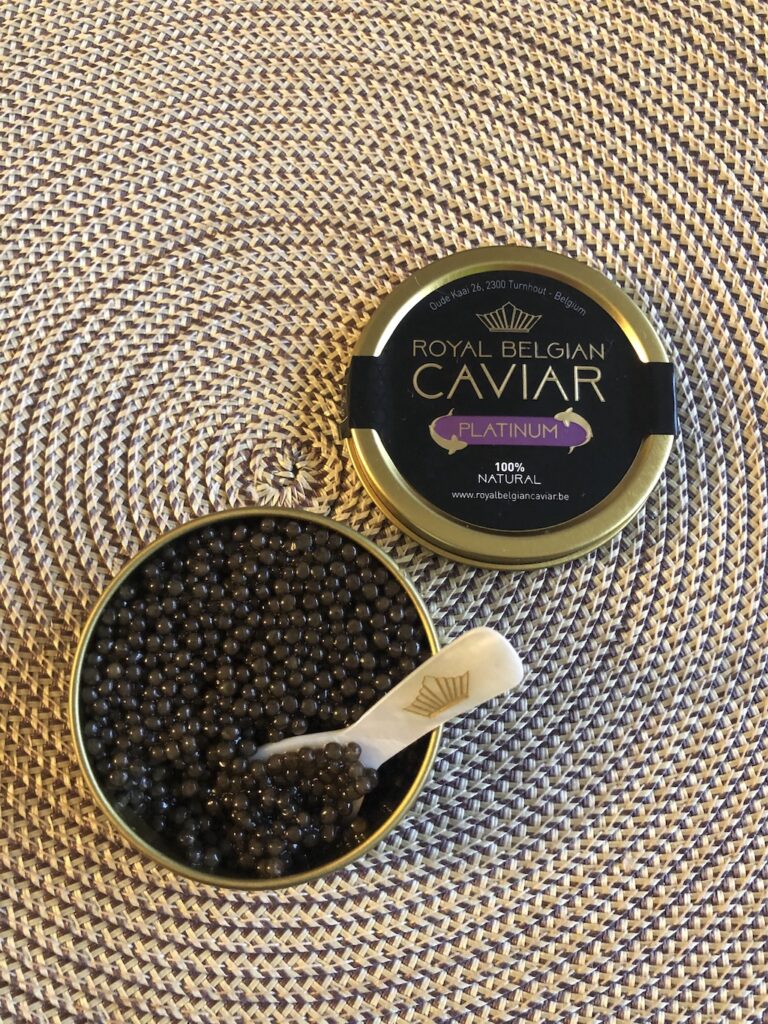
Belgian versus the world
How can your caviar compete with the big names?
“We are with six tons of caviar indeed a small caviar producer ,” says Cédric. “If you compare our production with a country like Italy, which is the largest caviar producer in Europe and produces 35 tons of caviar annually, or with China – today number 1 worldwide – you know that we cannot compete with these countries on price. In China we are talking about mass production and 180 tons on an annual basis and they plan to double again next year. We can make a difference in quality by managing the entire cycle ourselves and even producing the food for our sturgeons ourselves. Aqua Bio was also a company that produced fish food and that is how the idea of caviar production originated in-house.
We also focus on which nourishment the sturgeons need to produce a top caviar. We select our own DNA material from our oldest animals with a pedigree in order to breed the healthiest larvae. We also tailor our products as much as possibleto the customer, directly in a jar that you want to consume. Less salt, not repackaged, so no oxidized taste and no bruised eggs. Those are the things we focus on. We believe that the way we produce is fair and correct and in this way we endeavour to compete with the bigger names. ”
Belgian versus Chinese “caviar”
Cédric immediately warns against products that are produced elsewhere in the world and that do not meet the necessary quality standards. Some people believe that the eggs still come from the Caspian Sea, even though this has been prohibited for 15 years. Others are sold through a Belgian brand and thus give the impression that their production also takes place in Belgium. “The lesser freshness of products taken from bulk jars and repackaged is often compensated for by adding salt or preservatives,” says Cédric. “This adversely affects the taste of caviar and gives the product, among other things, a pronounced salty, oxidized taste. A shame actually”. Royal Belgian Caviar not only distinguishes itself as the only true producer of caviar produced on Belgian soil, its sustainable and flexible production contribute to the exceptional quality sought after in London and Scandinavia and by top chefs and gourmets in their own country!
Caviar in top gastronomy take-away
Over the years, Royal Belgian Caviar has established close ties with numerous chefs, called ‘Taste Masters’, from all over the country (https://www.royalbelgiancaviar.be/smaakmakers). Just across the country border, Syrco Bakker, chef of Pure C, also added to the list of absolute supporters of the Belgian top brand this year.
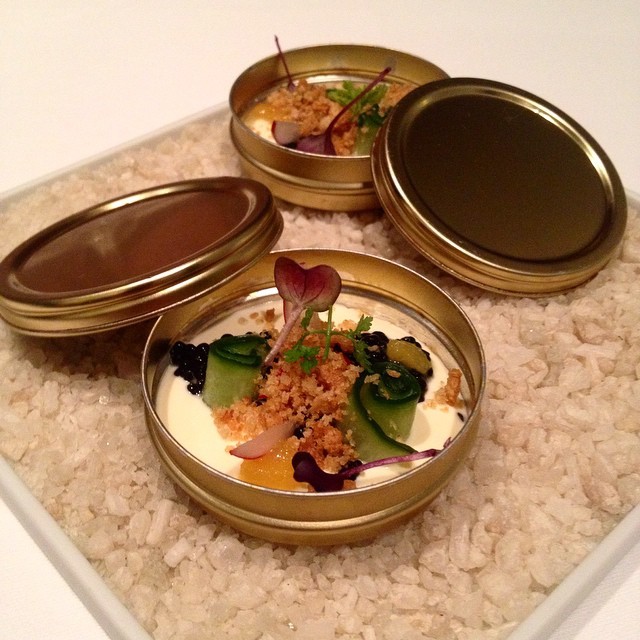
One of the most ardent supporters of our own top gastronomy is Bart Gils, chef of the Signatuur restaurant in Antwerp. As a member of North Sea Chefs, Bart finds it extremely important to give priority to top local products. “Royal Belgian Caviar does offer all the qualities that are expected of the product,” emphasizes Bart, who has also noticed a manifestly growing interest in caviar for the past two years. He also sees in the current context, and in recent months, that customers were just willing to spend a little more for local top quality.
Bart is not too much affected by the mandatory, temporary closure of his restaurant. He opened a shop with a range of the best products that he offers to his customers, including of course Royal Belgian Caviar, and also offers top gastronomy in take-away form (https://www.signatuur-antwerp.be): “Of course take-away dishes are not self-evident for restaurants in the highest segment of gastronomy, ”says Bart. “But this works quite well with caviar, because we have succeeded in developing a recipe that the consumer can finish effortlessly with the Royal Belgian Caviar supplied in the original jar. This is an easy and at the same time prestigious amuse-bouche or starter, especially for parties. ” For those who want to have a go themselves, Bart proposes a combination of briefly roasted and caramelized salsify with caviar, for a very pure dish. Or a remoulade of candied leek – but that is equally good with braised leek with hake, oyster leaf oil and capers to give a nice bite. The hake – you can also just take a slice of other white fish – was cooked in water and then roasted. The caviar acts as salt in the vinaigrette.
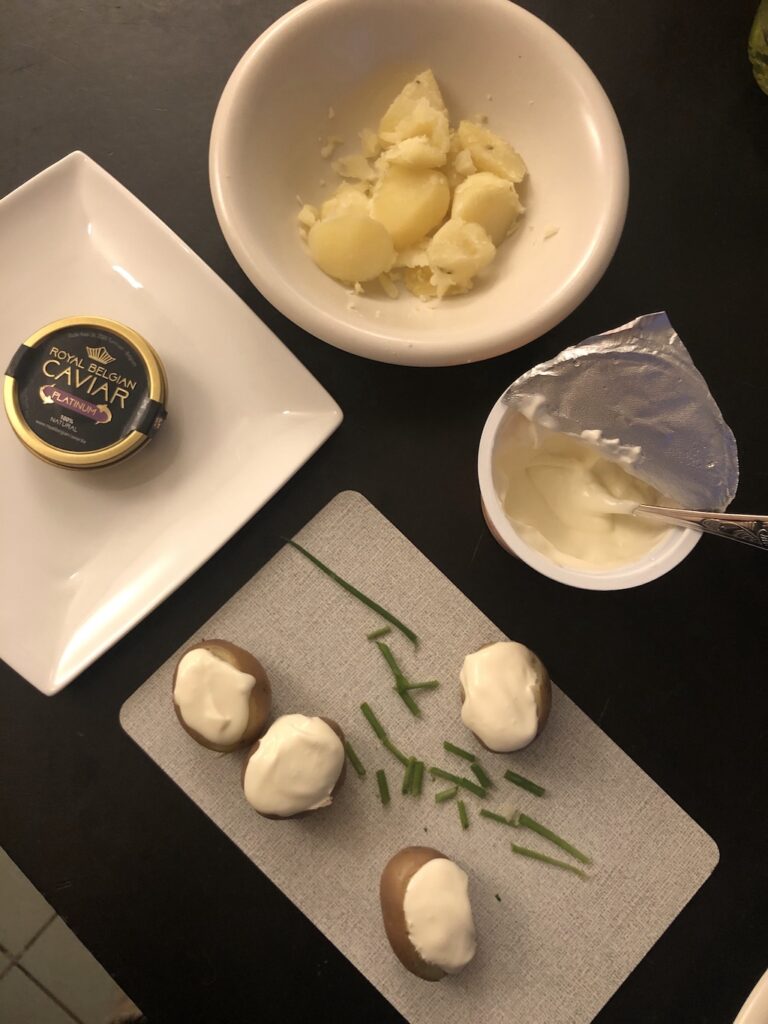
Tasting advice
To fully experience the aromas of the caviar, it is not necessary to serve much more than a slice of bread or a blini with a little bit of real butter or sour cream. Even when caviar is used in a dish, simplicity is key. Above all, avoid an abundance of flavors. Caviar is best served cool. With a warm preparation, it is best to serve the caviar separately on the plate or in a cooled glass. Or you only add it to the dish at the table, so that it can be enjoyed immediately. Always use mother-of-pearl, wooden or plastic spoons. Contact with metal and especially silverware is detrimental to the good taste of the caviar.
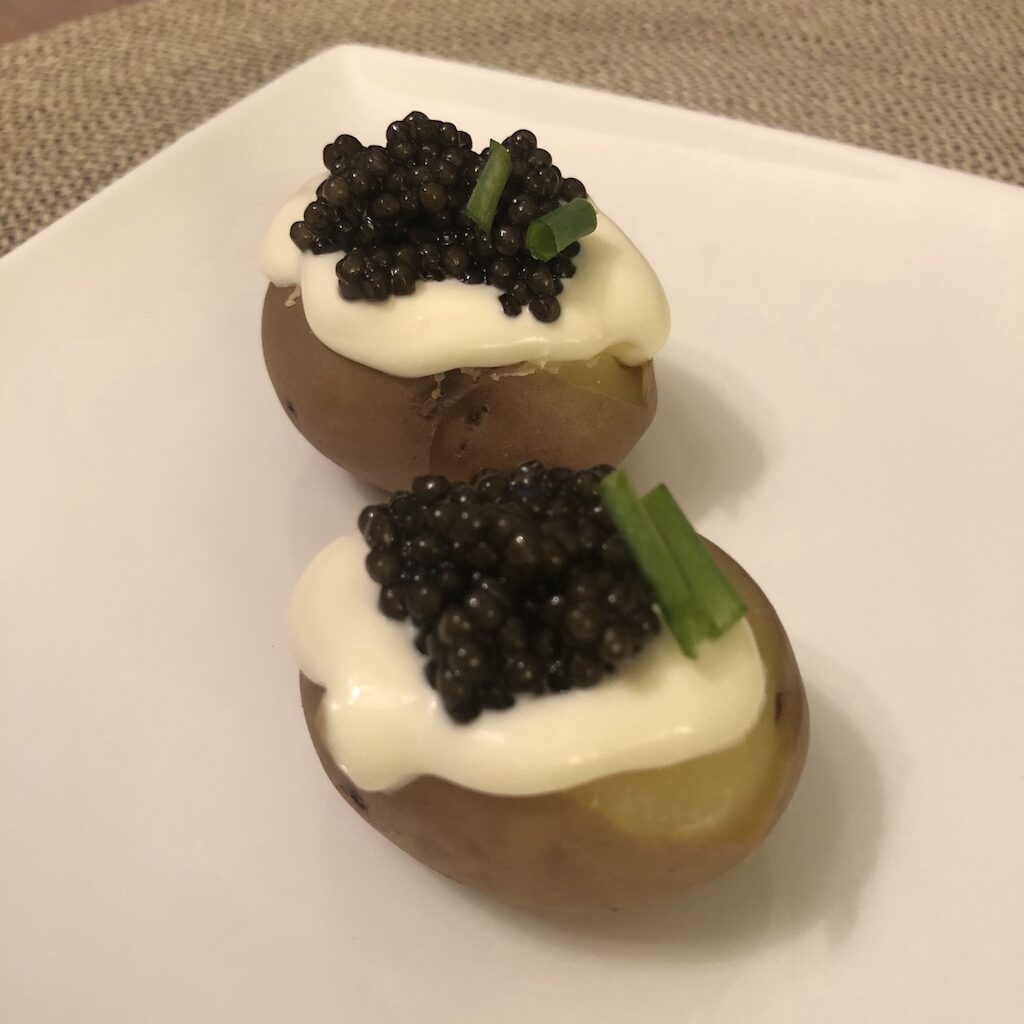
What to drink?
You can keep it nice and classic with a glass of champage or the usual choice of Chardonnay’s or a good glass of Bourgonge. An interesting challenge can be to adapt the wine to the ingredient that you serve with the caviar. If you want to counter and surprise a little more, you can go to a fresher style with salsifies and a type of Albariño wine which has a little more freshness. Combining caviar with beer is a bit more difficult. If you still insist, keep it soft and opt for a lager or a golden ale, and definitely do not take heavy beers.
There are also options for alcohol-free servings. You can make a drink from tomatoes by mixing the tomatoes and allowing them to drain in muslin cloth, so you get a nice clear broth of tomato that you finish with nut oil or oil from oyster leaf or possibly by mixing in some oyster leaf. Those two salty flavors combine well. Caviar is also a rewarding product for take-away top gastronomy. Restaurant Signatuur from Antwerp proves it to us.
hello@signatuur-antwerp.be, www.signatuur-antwerp.be
